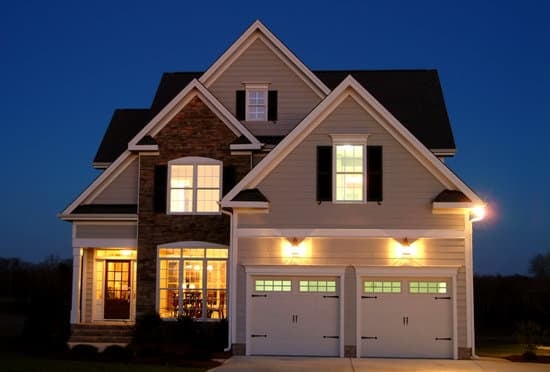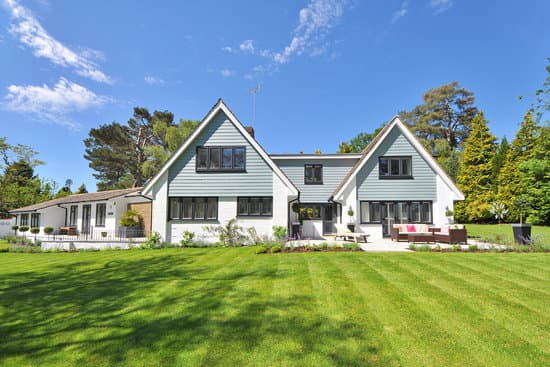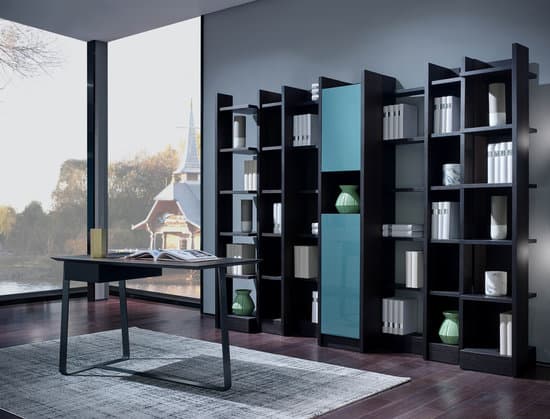Concrete Fire Pits and Fireplaces
Fire pits and fireplaces add warmth and ambiance to outdoor living spaces, but it’s crucial to use materials that can withstand exposure to high heat and moisture. Concrete has become a popular choice for building fire features because it’s durable, affordable, and versatile. However, it’s important to note that concrete fire pits and fireplaces must be designed with care to prevent cracking, which can be caused by direct heat exposure and trapped moisture.Importance of Proper Design
When it comes to designing a concrete fire pit or fireplace, there are a few key factors to consider. First and foremost, it’s essential to choose the right type of concrete. Not all types of concrete are created equal, and some are better suited for high-heat applications than others. Additionally, the design of the fire pit or fireplace must allow for proper ventilation to ensure that the smoke and heat are able to escape safely. Another important aspect of design is the placement of the fire feature. It should be situated away from anything flammable, and a fireproof barrier should be installed around the feature to prevent accidental fires. It’s also crucial to follow any local building codes or regulations regarding fire pits and fireplaces.Understanding Direct Temperature Exposure
One of the biggest concerns with concrete fire features is direct heat exposure. When concrete is exposed to high temperatures, it can expand and contract, which can lead to cracking. This can be exacerbated by the presence of trapped moisture within the concrete.The Impact of Trapped Moisture
Concrete is a porous material, which means that it’s prone to absorbing moisture. When moisture gets trapped within the concrete and is exposed to high heat, it can expand rapidly, causing cracks and even explosions in extreme circumstances. It’s important to ensure that the concrete used for fire pits and fireplaces is properly cured to reduce the risk of trapped moisture. Tip: To prevent trapped moisture, consider using a concrete sealer specifically designed for high-heat applications.Potential for Concrete to Crack
Cracking is always a risk with concrete fire features, but there are steps that can be taken to reduce the likelihood of it happening. One key factor is ensuring that the concrete is poured and cured properly. The use of proper reinforcing materials, such as rebar or wire mesh, can also help to prevent cracking. Tip: To reduce the risk of cracking, consider incorporating expansion joints into the design.Risks of Extreme Circumstances
While rare, there is always the risk of an extreme circumstance causing a concrete fire feature to fail. This could include exposure to a very high heat source, such as a bonfire, or physical damage to the feature. In these cases, it’s essential to follow proper safety protocols and have a plan in place for extinguishing the fire if needed.Safety Considerations for Concrete Fire Features
When it comes to using a concrete fire pit or fireplace, safety should always be a top priority. Here are a few key tips to keep in mind:- Always keep a fire extinguisher or water source nearby in case of emergency.
- Never leave a fire unattended.
- Keep the area around the fire feature clear of any flammable materials.
- Make sure the fire feature is completely extinguished before leaving it unattended.



















